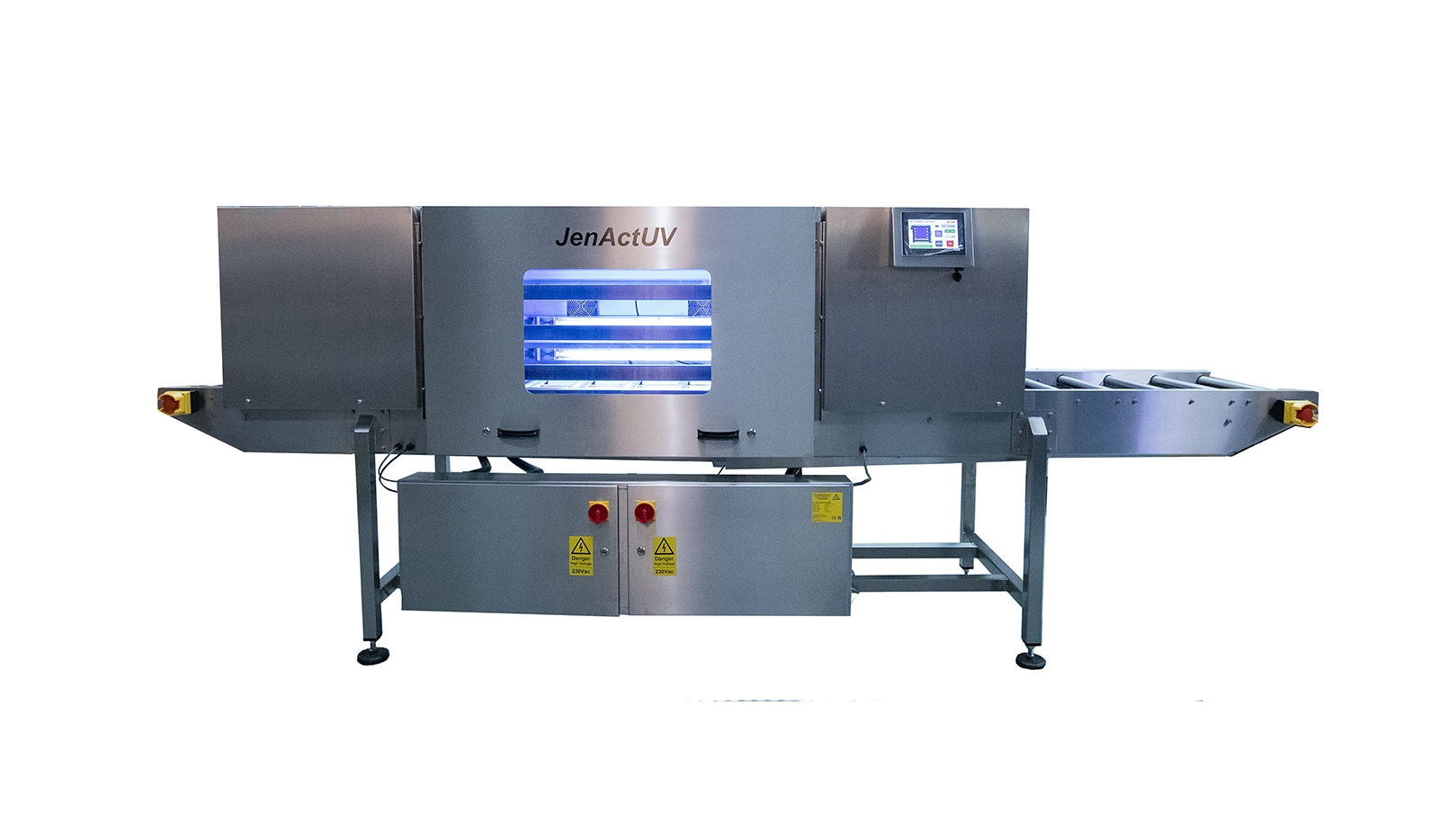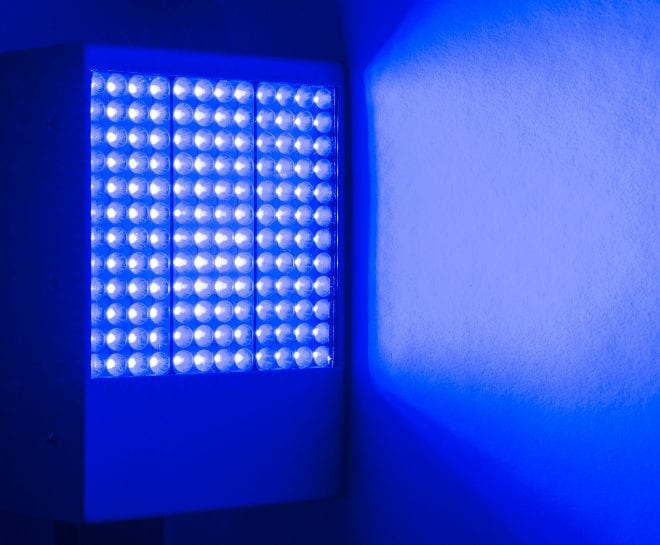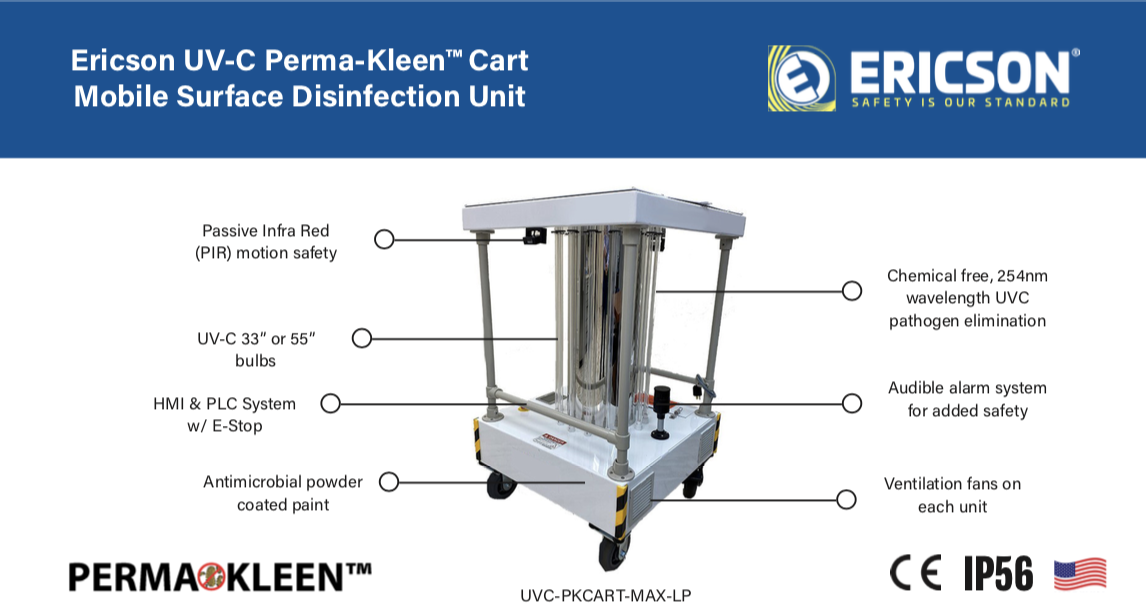UV Surface Disinfection Demystified: Understanding the Scientific Research Behind the Option
UV Surface Disinfection Demystified: Understanding the Scientific Research Behind the Option
Blog Article
UV Sanitation: The Cutting-Edge Modern Technology Changing Hygiene Practices
In the realm of cleanliness methods, one technology has emerged as a game-changer: UV sanitation. With its ability to remove unsafe virus, this sophisticated modern technology is transforming the way we approach tidiness and hygiene. Yet how does UV sanitation job, and what are the benefits it offers? From health care settings to food handling, UV disinfection is making its mark in numerous markets. In this discussion, we will check out the complexities of this transformative innovation and expect its appealing future.
How UV Disinfection Works
UV sanitation works by utilizing ultraviolet light to ruin or suspend microbes, offering a very effective and chemical-free method of hygiene. This modern technology utilizes the power of short-wavelength UV-C light, which can harming the DNA and RNA of microbes, hence making them incapable to recreate and trigger damage.
The process starts with the installment of UV sanitation systems, which consist of UV lights that emit UV-C light. These lights are strategically positioned in areas where microbial contamination is a concern, such as water therapy plants, healthcare facilities, laboratories, and food handling facilities.
When bacteria are revealed to UV-C light, the photons penetrate their cell wall surfaces and reach the DNA and RNA within. The high-energy UV-C photons interfere with the genetic product by creating bonds between nearby nucleotides, leading to the formation of thymine dimers. These dimers stop the microorganisms from reproducing, rendering them harmless.
UV disinfection is extremely efficient versus a large range of microorganisms, including parasites, viruses, and bacteria. It is especially efficient against waterborne microorganisms like E. coli, Giardia, and Cryptosporidium. Additionally, UV sanitation is a chemical-free approach, removing the need for potentially hazardous anti-bacterials and minimizing the threat of hazardous sanitation spin-offs.
Advantages of UV Sanitation
UV sanitation offers various advantages in the field of hygiene, making it an extremely chosen technique for properly eliminating unsafe bacteria. Among the key benefits of UV sanitation is its capacity to offer a chemical-free solution. Unlike typical sanitation techniques that count on chemicals, UV sanitation utilizes ultraviolet light to damage the DNA of bacteria, rendering them incapable to replicate and cause infections. This not just eliminates the demand for potentially damaging chemicals but also lowers the risk of chemical deposit on surfaces.

UV disinfection is also extremely flexible in its applications. It can be utilized in different settings, including hospitals, schools, food processing centers, and water treatment plants. UV disinfection systems can be quickly incorporated right into existing cleanliness techniques, giving an added layer of defense versus contagious illness.
Along with its efficiency and flexibility, UV disinfection is likewise eco-friendly. It does not create any hazardous byproducts or deposits, making it a sustainable and safe technique for cleanliness - uv surface disinfection. UV disinfection calls for very little maintenance and has a lengthy life expectancy, resulting in cost financial savings in the long run.
UV Sanitation in Health Care Settings
In medical care setups, UV disinfection has actually become a revolutionary method for effectively getting rid of dangerous microorganisms. Using UV light to sanitize surfaces and devices has actually gotten popularity because of its ability to give an additional layer of protection versus pathogens. UV sanitation functions by emitting ultraviolet light at a particular wavelength that is lethal to bacteria, viruses, and various other bacteria. This innovation provides a number of advantages in health care setups.
To start with, UV sanitation is a non-chemical method, making it an ecologically pleasant alternative contrasted to traditional disinfection techniques that commonly entail making use of harsh chemicals. Using UV light gets rid of the requirement for chemical disinfectants, minimizing the threat of harmful deposit or chemical direct exposure to both patients and healthcare workers.
In addition, UV disinfection is very reliable in eliminating a wide variety of microorganisms, consisting of drug-resistant microorganisms such as MRSA and C. difficile. It provides a consistent and trustworthy sanitation procedure, making certain that all surface areas and devices are extensively decontaminated, also in hard-to-reach locations.

UV Disinfection in Food Processing
The application of UV sanitation prolongs beyond medical care settings and finds substantial worth in the realm of food handling. uv surface disinfection. UV disinfection technology is coming to be increasingly preferred in the food market due to its capacity to successfully eliminate harmful virus and improve food safety and security
Among the main advantages of UV disinfection in food processing is its capability to target a large range of microbes, including bacteria, viruses, and molds. By using UV light at certain wavelengths, it is feasible to interrupt the DNA and RNA of these microorganisms, making them unable to cause or duplicate damage. This innovation can be used my latest blog post to various stages of the food handling chain, including surface sanitation, tools sanitation, and water treatment.
UV disinfection provides a chemical-free and non-thermal approach of sterilizing food. Unlike traditional sanitation techniques that rely on chemicals or warmth, UV technology does not leave any kind of deposit or change the taste, texture, or nutritional value of the food. This makes it a perfect option for sectors that require strict adherence to high quality criteria.
Furthermore, UV disinfection systems are simple to install and run, needing minimal upkeep. They can be integrated into existing handling lines without causing substantial disturbances to the production procedure. Furthermore, UV systems have a quick treatment time, permitting continuous processing and lowering downtime.
The Future of UV Sanitation

One area where UV disinfection is expected to make considerable advancements is in the field of health care. With the surge of antibiotic-resistant microorganisms and the need for a lot more reliable sanitation methods, UV light has the potential to play a crucial role in minimizing healthcare-associated infections. UV sanitation systems can be made use of to sanitize surface areas, tools, and also the air in medical care centers, aiding to prevent the spread of damaging microorganisms and enhance patient safety.
An additional market that could take advantage of advancements in UV disinfection modern technology is the food sector. UV light has already proven to be a reliable approach for decontaminating food and reducing the threat of foodborne health problems. As modern technology enhances, we can expect to see more economical and effective UV sanitation systems being implemented in food handling plants, making certain that the food we eat is safe and totally free from dangerous germs.
Conclusion
In verdict, UV sanitation is an advanced modern technology that is transforming sanitation methods in healthcare setups and food processing. By utilizing UV light to kill or shut off microorganisms, it offers countless benefits such as effectiveness, security, and performance. With recurring advancements in this area, UV sanitation holds wonderful potential for the future of cleanliness, providing a lasting and dependable solution for preserving tidy original site and sanitary environments.
UV disinfection is a chemical-free technique, removing the need for potentially unsafe anti-bacterials and minimizing the risk of dangerous sanitation spin-offs.
Unlike standard disinfection techniques that depend on chemicals, UV sanitation utilizes ultraviolet light to ruin the DNA of microorganisms, making them incapable to duplicate and trigger infections. Unlike typical disinfection techniques that count on chemicals or heat, UV innovation does not leave any kind of deposit or alter the taste, structure, or nutritional worth of the food. As modern technology boosts, we can anticipate to see more affordable and reliable UV sanitation my latest blog post systems being applied in food handling plants, making certain that the food we eat is risk-free and complimentary from dangerous germs.
In verdict, UV sanitation is an advanced technology that is changing sanitation methods in healthcare settings and food handling.
Report this page